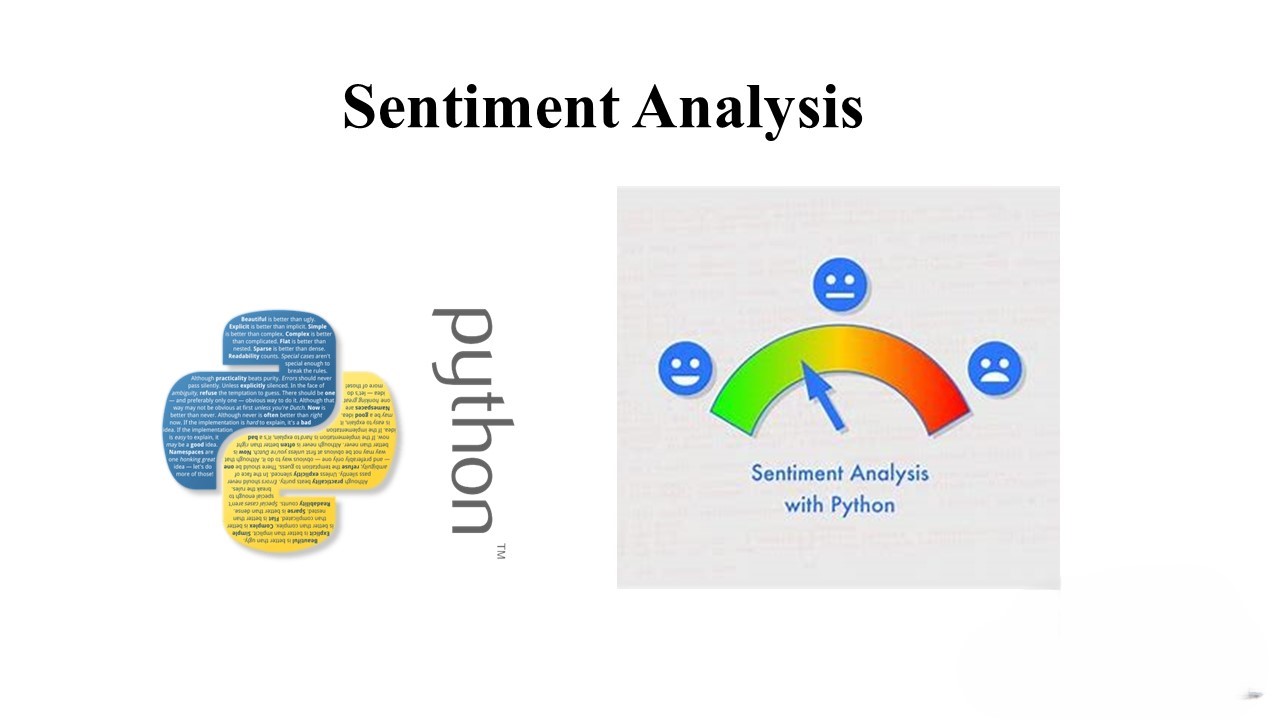In the era of big data, understanding customer sentiment is crucial for businesses to make informed decisions. Sentiment analysis, also known as opinion mining, is a powerful technique that helps businesses extract valuable insights from text data. Whether it’s understanding customer feedback, monitoring social media chatter, or analyzing product reviews, sentiment analysis can provide invaluable insights into the minds of consumers.
Understanding Sentiment Analysis
Sentiment analysis involves the use of natural language processing, text analysis, and computational linguistics to identify and extract subjective information from text data. By analyzing the polarity (positive, negative, or neutral) of text, sentiment analysis can help businesses gauge public opinion, track brand sentiment, and improve customer experience.
Applications of Sentiment Analysis
- Customer Feedback Analysis: Analyzing customer reviews, surveys, and feedback to understand customer sentiment towards products or services.
- Social Media Monitoring: Tracking social media conversations to gauge public opinion, identify trends, and manage brand reputation.
- Market Research: Analyzing text data from surveys, forums, and blogs to gather insights into market trends and consumer preferences.
- Voice of Customer Analysis: Extracting valuable insights from customer interactions, such as call transcripts and chat logs, to improve customer service and satisfaction.
- Political Analysis: Analyzing political speeches, news articles, and social media discussions to understand public sentiment towards political figures and policies.
Implementing Sentiment Analysis with Python
To illustrate how sentiment analysis can be implemented, let’s consider a simple example using Python and the nltk library.
import nltk
from nltk.sentiment.vader import SentimentIntensityAnalyzer
# Initialize the sentiment analyzer
sia = SentimentIntensityAnalyzer()
# Sample text
text = "I love the new iPhone. It's sleek, fast, and has amazing features!"
# Perform sentiment analysis
sentiment = sia.polarity_scores(text)
# Display the sentiment scores
print(sentiment)In this example, we use the VADER (Valence Aware Dictionary and sEntiment Reasoner) sentiment analyzer from NLTK to analyze the sentiment of a sample text.
Closing Thoughts
Sentiment analysis is a powerful tool that can help businesses gain deeper insights into customer behavior, market trends, and brand perception. By leveraging the vast amounts of text data available today, businesses can make more informed decisions and stay ahead of the competition.
What are your thoughts on sentiment analysis? How do you think it can benefit businesses? Share your thoughts in the comments below!


Leave a Reply